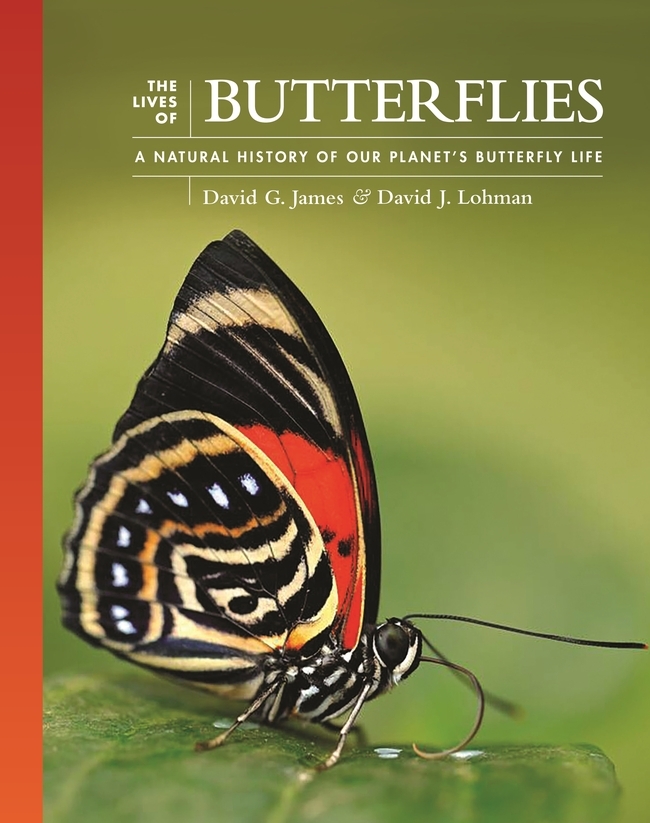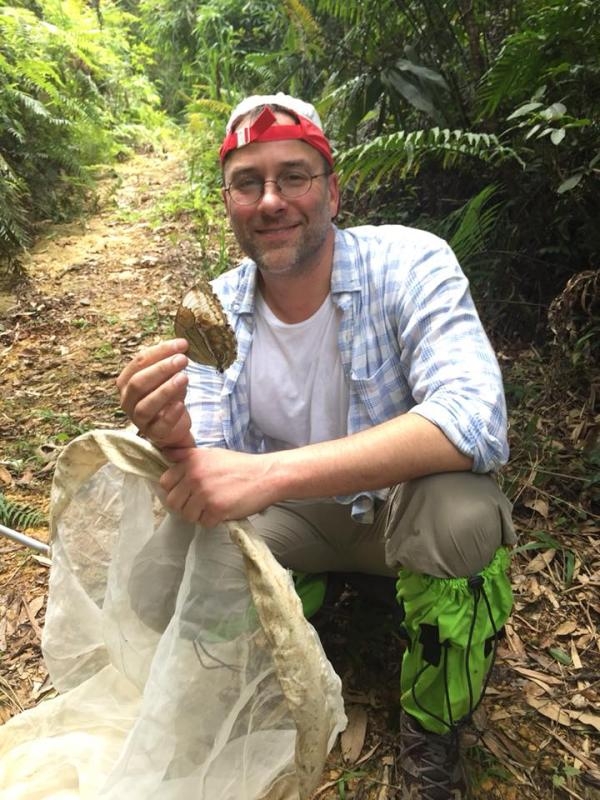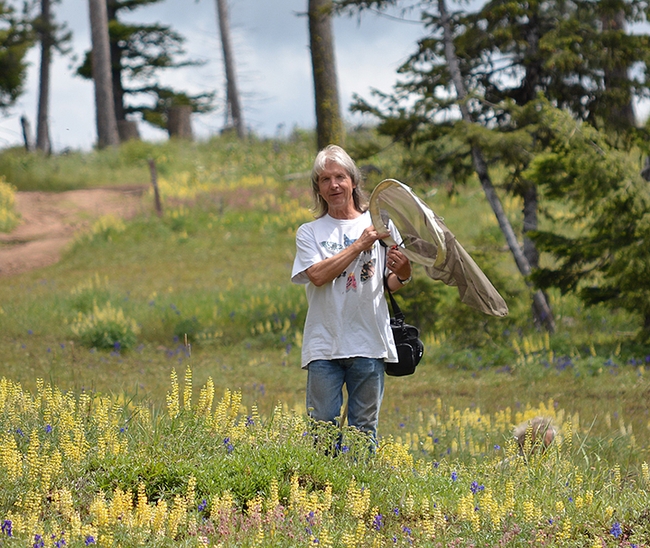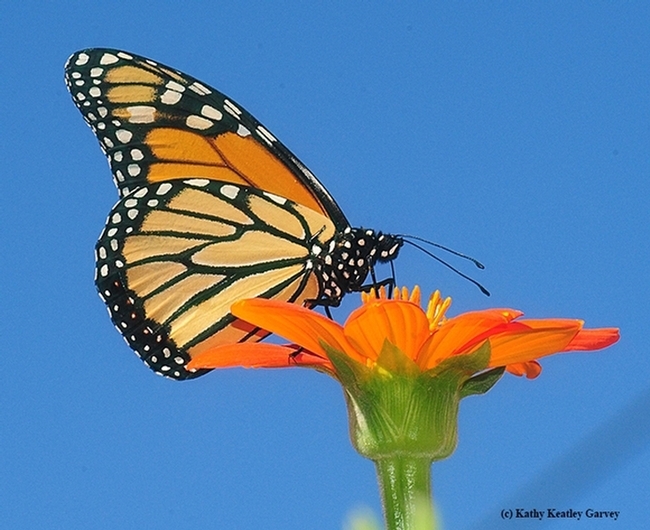
The Brower quote appears in a newly published book authored by two renowned scientists who research butterflies. The book, an introduction to butterflies of the world, is a “must-have” on your bookshelf.
The book: The Lives of Butterflies: A Natural History of Our Planet's Butterfly Life
The authors: Entomologist David James, associate professor, Washington State University and biologist David Lohman, professor and department chair, the City College of New York.
The publisher: Princeton University Press
Publication date: (U.S.) Jan. 9, 2024.

This 288-page book includes eight chapters: Introduction, Life Histories, Habitats and Resources, Butterfly Populations, Butterfly Seasonality, Defense and Natural Enemies, and Threats and Conservation. The close-up images, many by James, spring to life and really confirm their description of butterflies as the "colorful ambassadors of the world."
This is an easy-to-read, fascinating book, complete with a glossary, a list of butterfly families and resources, and, of course, an index.
Some tidbits. Did you know that:
- To date, scientists have described some 19,500 species of butterflies throughout the world?
- Scales give butterflies their color? “The colors of each butterfly have evolved to promote protection to the species from predators and to enable the sexes to find and recognize each other,” they write.
- Butterflies are classified into seven families based on their evolutionary history? And that each family shares physical, behavioral, and ecological features, including body structure, wing characteristics (venation, patterning, and color), host plants, and flight?
- The survival rate of eggs, caterpillars, pupae (chrysalids) is less than 10 percent? What you see are the survivors who have “escaped predation, parasitism, disease and death from unfavorable environmental conditions, including excessive heat, drought, cold, storms, and food shortages,” they relate.

Butterflies, it seems, are also the equivalent of the proverbial “canary in the coal mine,” an early warning of danger in the ecosystem. Take the issue of the declining population of monarchs. Quoting statistics from the Xerces Society for Invertebrate Conservation, James and Lohman point out that monarchs have declined by 80 to 90 percent during the past two decades. The decline, they write, "is caused by a combination of habitat loss, pesticide use, and a warming climate.”
If you live in California, you're not allowed to collect or rear monarchs without a scientific permit.
According to the California Department of Fish and Wildlife: "A Scientific Collecting Permit (SCP) is required to handle wild monarchs in California including for educational purposes. It is unlawful to collect, remove from the wild and/or captively rear monarchs in California without an SCP, per California Code of Regulations (CCR), Title 14, section 650.
But the metamorphosis of a butterfly--from egg to caterpillar to chrysalis to adult--is nothing short of magical. As the authors so succinctly point out: "...our children are the future and it is they who will determine the future of butterflies. If a child finds a caterpillar, let them keep it, feed it, and watch it metamorphose.They will remember the experience for the rest of their life, and it will instill in them a love and appreciation for lives smaller than their own."
They add: “It is important that we do not try to excessively regulate to conserve butterfly populations. We need people to be part of the process and be the power on the ground behind conservation programs.”
The book could have easily been called "The Joy of Butterflies." Butterflies fluttering around the garden on a sunburst day, sipping nectar, and then laying eggs on their host plant, bring us great joy. We marvel at the magic, the miracle of it all.
This book is a great introduction to the lives of butterflies. You'll learn more about their life histories, their habitats, their seasonality, their defensive mechanisms, and what we can do to conserve "the colorful ambassadors of the insect world."
About the authors. James also co-authored Life Histories of Cascadia Butterflies and served as a consultant editor on The Book of Caterpillars. He completed his doctorate on the winter biology of Monarch butterflies and has published more than 200 scientific papers "on a wide range of entomological subjects," the publisher notes. Lohman, in addition to being a professor and department chair, the City College of New York, is a visiting scientist at the American Museum of Natural History, and a research associate at the Museum of Comparative Zoology at Harvard University and at the National Museum of Natural History in Manila. His research focuses on butterflies in Southeast Asia and the ecology, evolution, and conservation of biodiversity.
Their passion for butterflies, coupled with their exemplary research, shows.
Wings up!
Attached Images:

